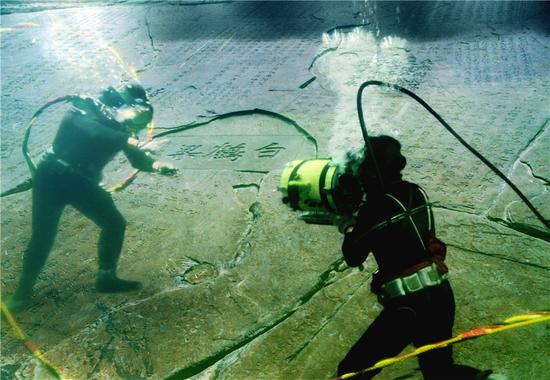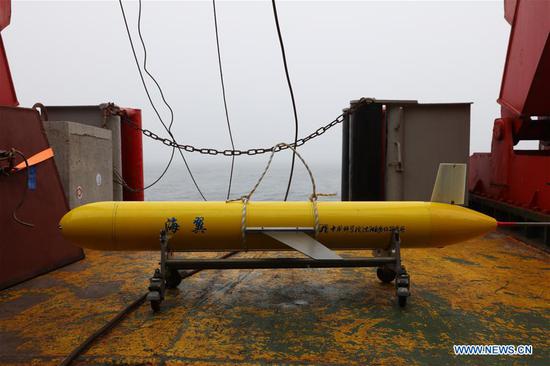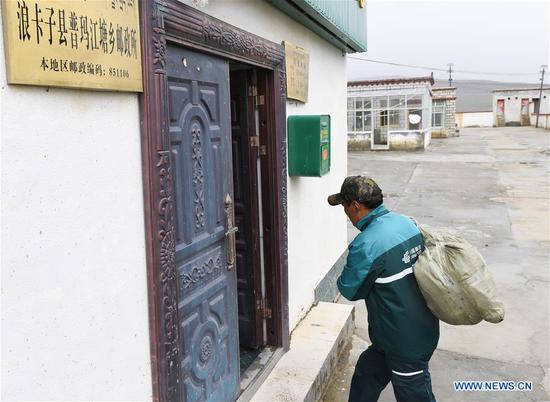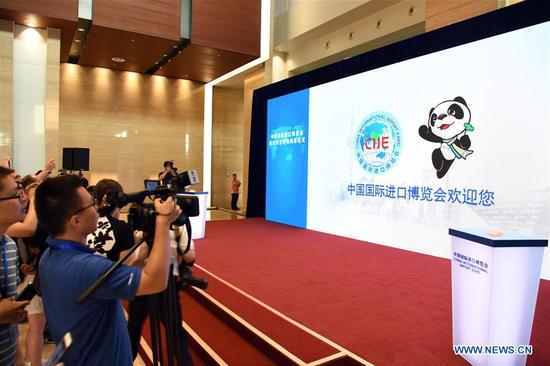Sun Yat-sen University in south China's Guangdong Province announced Monday that it will build a ground simulation system for space-based gravitational wave observation.
The system is expected to provide a complete simulation environment and new research methods for China's research on space-based gravitational wave observation, the university said.
It will be built on the university's campus in the metropolis of Shenzhen, which borders Hong Kong, with an investment of more than 1 billion yuan (146.6 million U.S. dollars).
The ground simulation system is part of the gravitational wave research project "Tianqin" launched by Sun Yat-sen University in 2015.
With an estimated cost of 15 billion yuan, Tianqin would be carried out in four stages over 20 years, ultimately launching three high-orbit satellites to detect the waves.
Over the past two years, the university has started construction on several pieces of research infrastructure for the Tianqin project at its other campus in the city of Zhuhai.
The first-ever discovery of gravitational waves by the American Laser Interferometer Gravitational-wave Observatory (LIGO) announced in February 2016 has encouraged scientists worldwide to accelerate their research.
Gravitational waves are "ripples" in the fabric of space-time caused by some of the most violent and energetic processes in the universe. Albert Einstein predicted the existence of gravitational waves in 1916 in his general theory of relativity.


















































